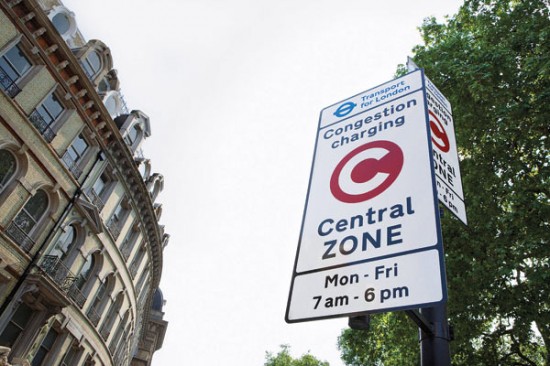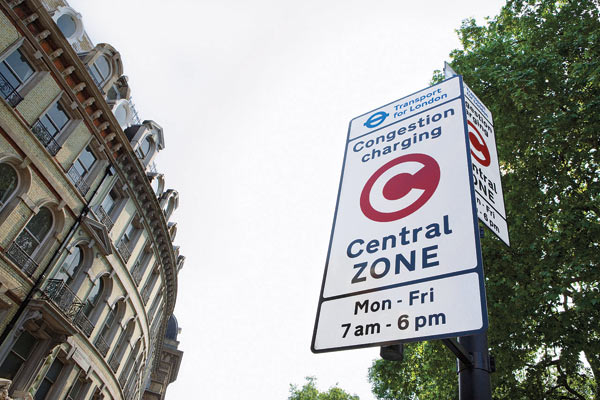Sustainable Energy
Urban Renewal



More than half the world’s population currently lives in urban areas. By 2050, 70 percent will do so. Finding ways to move these people around quickly and efficiently will be crucial in order to increase productivity and decrease the environmental impact of transportation.
Part of the solution will involve smarter traffic management for mass transit: opening and closing lanes to other vehicles and changing traffic lights as needed can help move buses and streetcars quickly. In one system already used in Zurich, streetcars “are very close to that magical goal of zero traffic delay,” says Peter Furth, a professor of civil and environmental engineering at Northeastern University.
For cars, GPS-based systems will soon help drivers avoid traffic, rerouting them carefully to avoid causing new traffic jams elsewhere. Eventually, people will have to pay to drive in congested areas, especially if they’re driving large, inefficient vehicles (current congestion pricing systems in London and other cities rely on cameras to identify license plates). That could promote the development of small electric vehicles that would be owned by city dwellers or rented at train stations to take commuters the last few kilometers to work.
DATA SHOT
Finally, increased use of automation will allow more motorists to share the roads. Already, some cars can park themselves or brake automatically to avoid accidents. In the future, automated cars will move smoothly through traffic at following distances too close for human reaction times, updating their routes as traffic patterns change and coördinating lane changes with other vehicles.